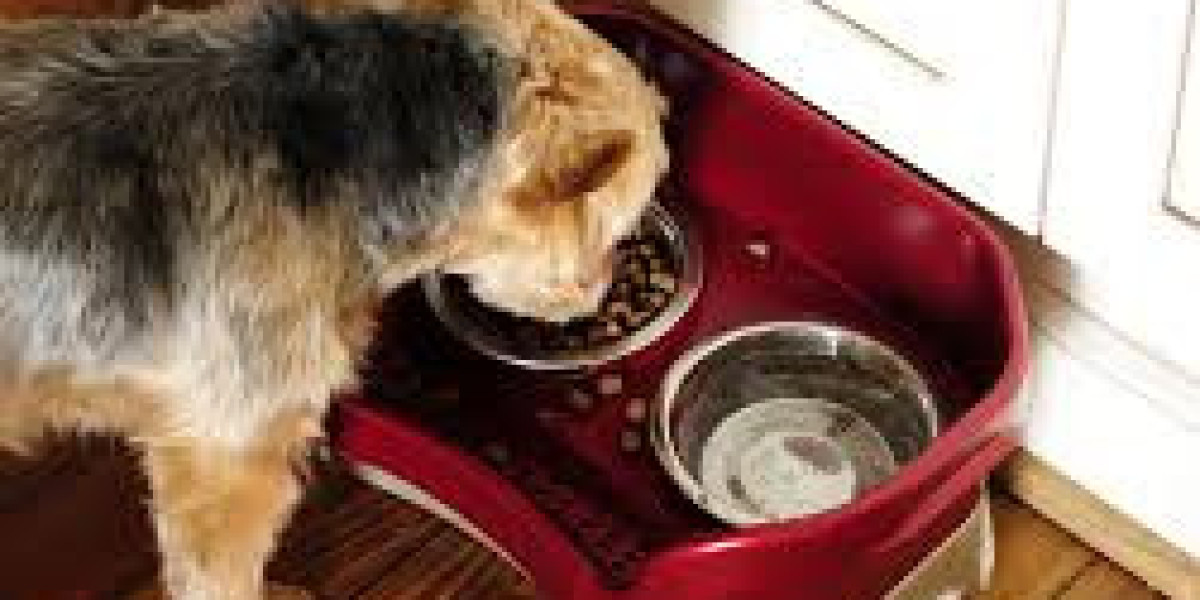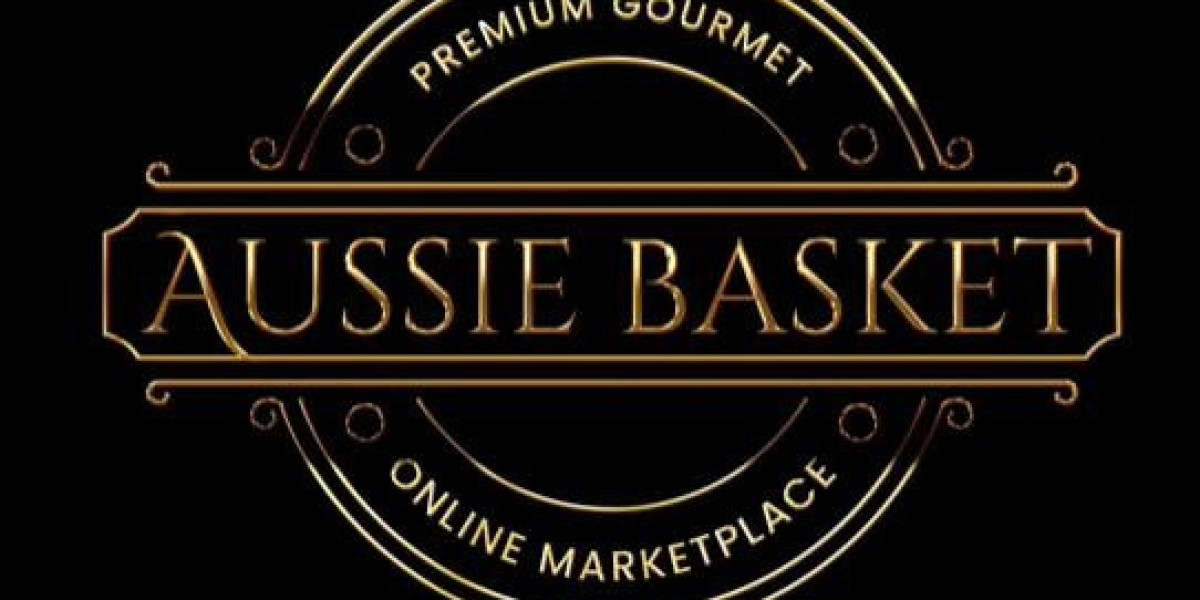Dog bowls may seem like a minor detail in the grand scheme of pet care, but they play a crucial role in your dog's health and well-being. From preventing health issues to ensuring a comfortable dining experience, the right dog bowl can make a significant difference. This comprehensive guide will explore various types of dog bowls, their benefits, and tips for choosing the best one for your canine companion.
Types of Dog Bowls
Plastic Bowls:
- Pros: Lightweight, affordable, and available in various colors and designs.
- Cons: Can be easily chewed or scratched, which may harbor bacteria. Some dogs may develop allergies to plastic.
Stainless Steel Bowls:
- Pros: Durable, resistant to rust and scratches, and easy to clean. They are also often dishwasher-safe.
- Cons: Can be noisy when moved around and may not come in as many decorative styles.
Ceramic Bowls:
- Pros: Heavy, which prevents tipping. Available in various designs and can be personalized. Non-porous and easy to clean.
- Cons: Can break easily if dropped. Some glazes may contain harmful chemicals, so it's essential to ensure they are food-safe.
Elevated Bowls:
- Pros: Can reduce strain on your dog's neck and joints, making them ideal for older dogs or those with arthritis. Helps with digestion by promoting a better posture during eating.
- Cons: Not suitable for all dogs, especially those prone to bloat.
Slow Feeder Bowls:
- Pros: Designed with ridges or obstacles to slow down eating, which can prevent choking, bloat, and obesity.
- Cons: Can be frustrating for some dogs and may require patience to get used to.
Automatic Feeders:
- Pros: Dispense food at scheduled times, perfect for busy pet owners. Some models offer portion control and can be programmed via smartphone apps.
- Cons: Can be expensive and require regular maintenance and cleaning.
Factors to Consider When Choosing a Dog Bowl
Size: Ensure the bowl is appropriately sized for your dog. A bowl that's too small can be frustrating, while an oversized bowl can lead to overeating.
Material: Consider the pros and cons of each material. Stainless steel and ceramic are generally more hygienic, while plastic is lightweight and affordable.
Design: The bowl's design should suit your dog's eating habits. For instance, dogs that eat too quickly may benefit from slow feeder bowls.
Portability: If you travel frequently with your dog, consider collapsible or portable bowls made from silicone or fabric.
Ease of Cleaning: Choose bowls that are easy to clean to prevent the buildup of bacteria. Dishwasher-safe bowls are a convenient option.
Special Needs: Consider any special needs your dog may have. Elevated bowls can be beneficial for older dogs or those with joint issues, while slow feeders can help prevent digestive problems in fast eaters.
Tips for Maintaining Dog Bowls
Regular Cleaning: Wash your dog’s bowls daily with hot, soapy water to prevent bacteria buildup. For stainless steel and ceramic bowls, a run through the dishwasher can be effective.
Inspect for Damage: Regularly check plastic and ceramic bowls for cracks or scratches that can harbor bacteria.
Rotate Bowls: Have multiple bowls in rotation to ensure your dog always has a clean bowl available.
Proper Placement: Place the bowl in a quiet area where your dog can eat without being disturbed. Elevated feeding stations can also help keep the feeding area tidy.
Avoid Shared Bowls: If you have multiple pets, provide each with their own bowls to prevent the spread of illness and ensure each pet gets their fair share of food.
Conclusion
Choosing the right dog bowl is more than just picking a cute design; it's about considering your dog's health, comfort, and eating habits. Whether you opt for a sturdy stainless steel bowl, a stylish ceramic dish, or an innovative slow feeder, the right choice can contribute to your dog's overall well-being. By taking the time to select the perfect bowl and maintaining it properly, you can ensure that mealtime is a safe and enjoyable experience for your furry friend.








